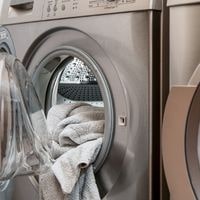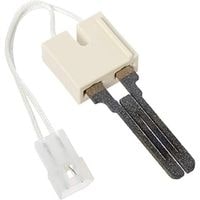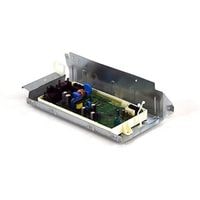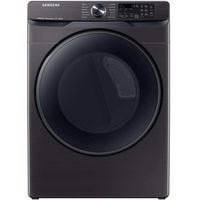Samsung dryer not heating. The common conception is that once you load up your wet clothes in the dryer and start it, the heat inside of it should do all the work of drying your clothes.
What many people don’t know, however, is that some of Samsung’s dryers have defects and will not heat up properly at all.
Samsung dryer not heating
Why my Samsung dryer not heating. A Samsung dryer runs but will not heat up problems can be due to a variety of reasons.
Some of the more plausible reasons include that something has gotten stuck in the air vent, there isn’t sufficient voltage, the wires are loose or burnt out, there is a clog somewhere on the ducts, or that you might need to replace your thermostat.
Thermal Fuse fault
The thermal fuse is a safety device designed to interrupt the flow of electricity in case something goes wrong. Fuses are located on the blower housing (when present) or at the dryer’s heat source such as the heating element for electric models or at the burner for gas models.
Fuses should show continuity, which means that if you check it with a multimeter, it will show a continuous electrical path through it when good.
If overused or if an issue occurs that causes the dryer to get very hot and burn itself out, a fuse will break and therefore it won’t be able to pass electricity anymore.
With a blown fuse, there will be no continuous electrical path through when you test it with your multimeter and this means that you should replace the fuse right away.
Faulty Igniter
When the igniter is not working, gas will not reach the burner assembly. In addition, if the igniter has become weak, this may cause incomplete combustion with creosote buildup inside.
With no heat to warm the clothes and insufficient drying cycles, your customers could be facing health issues without realizing it.
Replace the igniter if it does not have continuity.
Defective Flame Sensor
When using a gas dryer, it’s important to keep an eye on the flame sensor. The flame sensor detects the heat emitted by the flame and prevents the dryer from going overheating and, thus, causing a fire.
If the said sensor is inoperable, it will be useful to know that before checking it out one can operate another diagnostic test. In order for Igniter, Thermal Fuse, and Flame Sensor all to work together properly we have to keep them in check.
Replace the flame sensor if it has no continuity at room temperature.
A problem with the heating element assembly
The heating element in a dryer makes the air inside of it hot so the clothes can be dried. The heating element will eventually burn out and it cannot be fixed.
To test if the heating element has been burned out, first use a multimeter to check if there is any current flowing through. If not replace the heating element.
Concerning the Main Control Board
The main control board is seldom the cause of a problem, but it can sometimes be. Before replacing the main control board, check to make sure that all of the other parts are working properly.
For example, if your dryer isn’t draining properly or stops mid-cycle, first check and see whether there is too much food in the unit or if it needs to be cleaned out.
If you determine that none of these problems exist and that your dryer really just needs a new control board (or perhaps another part) then replace it.
Defective Timer
If the dryer stops working and it is not heating, there may be something seriously wrong with the unit. While this could be true in rare cases, more than likely the timer is to blame.
There are a few other components that are prone to breaking down, so test those before replacing the timer itself once you rule out all of these potential problems and fix any underlying malfunctions that you find.
If nothing changes after multiple attempts – it’s time to replace the part if you notice that everything else is working too and only then can you say for sure it’s an issue with the timer.
Gas valve solenoid problem
The gas valve solenoid coils in dryers with gas ignition are two or more. The solenoids open the gas valve ports so gas can flow into the burner assembly.
A defective gas valve solenoid will result in the dryer not igniting and heating. First, you must verify that the igniter glows orange and does not ignite the burner.
If this does not occur, then check for an open coil if you have an ohmmeter handy, otherwise replace every defective coil at once.
Having trouble with incoming power
If your dryer does not heat, it may be due to an electrical problem. There are two power sources (legs) needed for dryers: 120-volts and 110-volts. Make sure both legs of the outlet are turned on.
It is not uncommon for one fuse or breaker to trip resulting in the dryer being able to run but not heat. Anyone who lives near a high-voltage power line might also run into this issue with their dryer.
Commonly this could be due to house wiring issues, appliance control board failure, or a high impedance long-line filter installed at the power source.
Samsung dryer not heating
Related Guides
